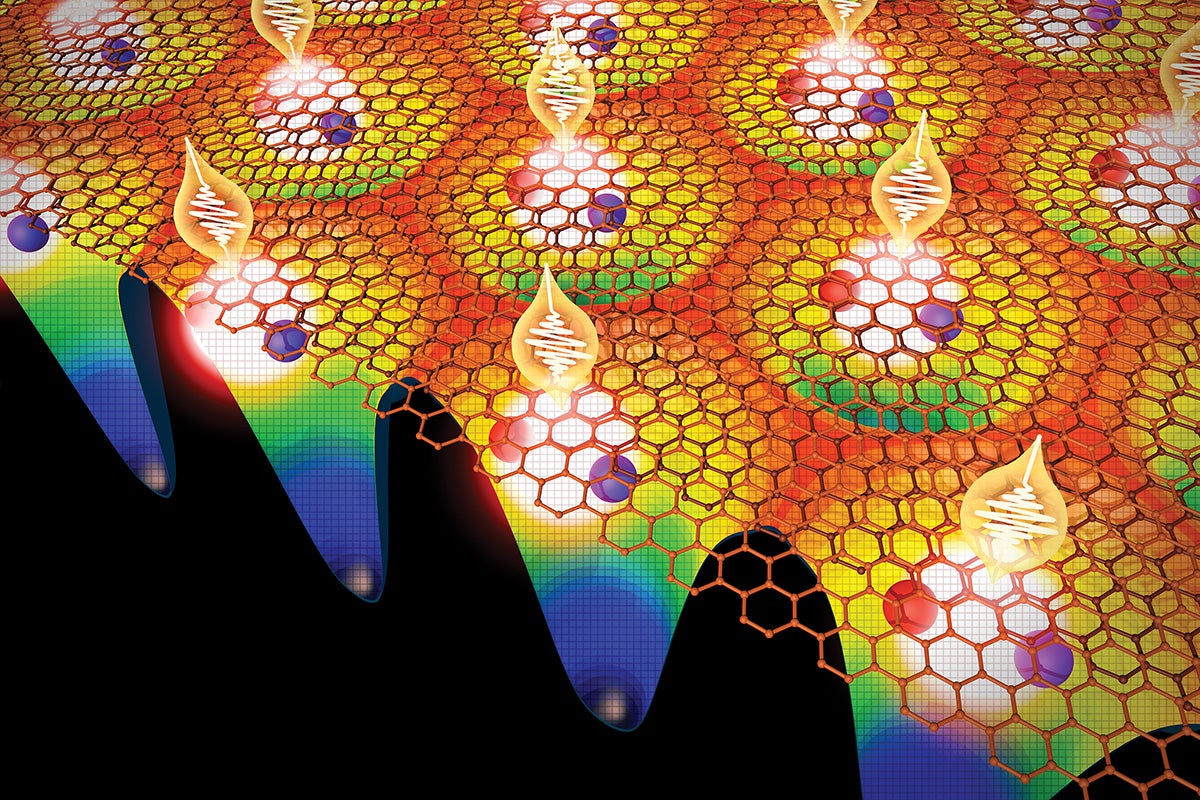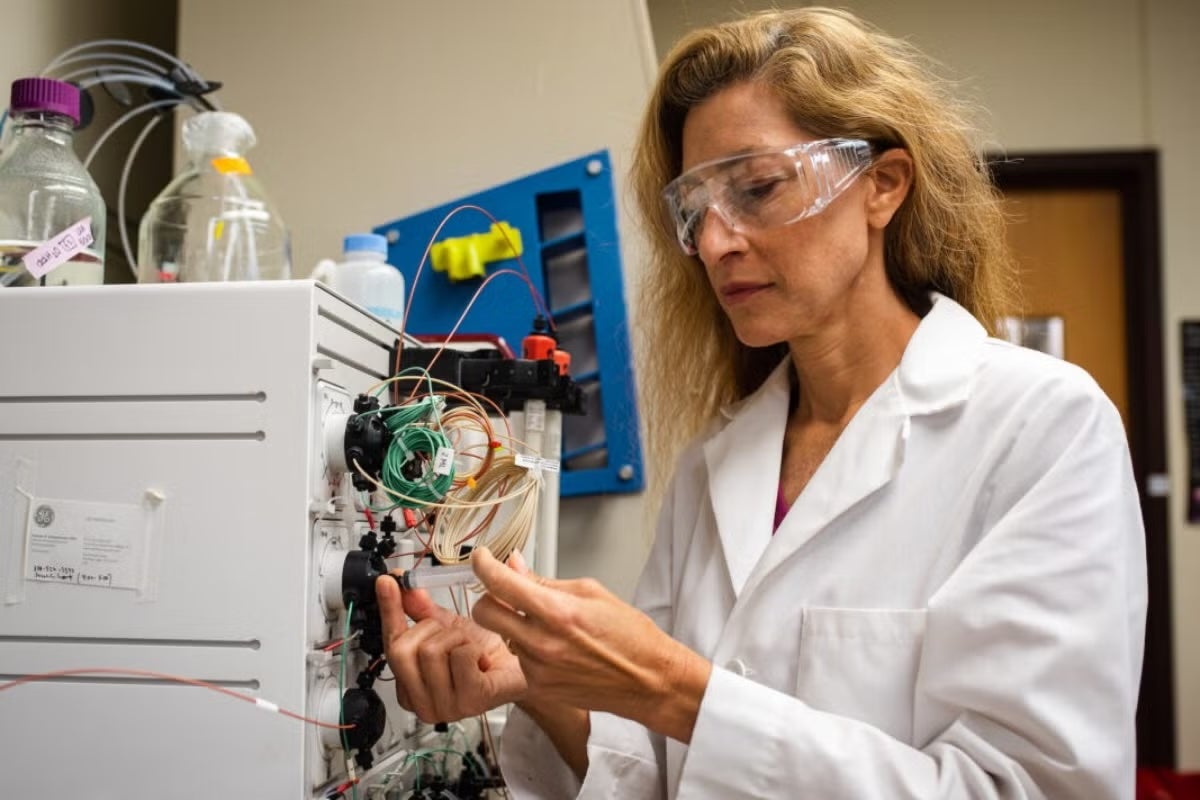NSF Grant Establishes Center to Develop Self-Replicating Materials
These non-living materials will have capabilities including self-healing, adaptation, growth and programmability.

The University of Texas at Austin and collaborators at the University of Illinois Urbana-Champaign (UIUC), Princeton, and Sandia National Labs received a grant from the U.S. National Science Foundation to develop a Center of Chemical Innovation (CCI). The NSF Center for the Creation of Abiotic Replicating Materials and Assemblies (CARMA) will advance novel chemistries that ultimately enables self-replication in materials and polymers.
Abiotic, or nonliving, self-replicating materials are often a topic of science fiction — but researchers at UT and collaborating institutions are working to create synthetic materials that can self-replicate, much the same way biomolecules (like DNA) do in nature. While the materials generated will not be living in any sense, they will have some of the more interesting capabilities of living materials, including self-healing, adaptation to their environments, growth, and the ability to be programmed for particular functions.
“CARMA has the potential to teach humankind how to design and create replicating chemical systems outside the confines of biology, with applications in health care and material science,” said Eric Anslyn, the Welch Regents Chair of Chemistry at UT, who leads the new center.
Anslyn has developed a new type of complementary bonding, so-called Tunable Orthogonal Reversible Covalent (TORC) bonds, that are now finding their way into a variety of materials, such as plastics that are remoldable yet also tough.

He will be joined by Andrew Ellington at UT, the Nancy Lee and Perry Bass Regents Chair in Molecular Biology; Charles Schroeder, the James Economy Professor in the Department of Materials Science at UIUC; Jeffrey Moore, the Stanley O. Ikenberry Endowed Chair Emeritus at UIUC; Emily Davidson and Mike Webb, both professors of Chemical and Biological Engineering at Princeton University; and Sam Leguizamon, a systems engineer in research and development at Sandia.
The Phase I award from the NSF Centers for Chemical Innovation Program of the Division of Chemistry will be dispersed over three years and the researchers will also compete for a $4 million Phase II grant. Of the $1.8M awarded to the team in Phase I, $750,431 will come to UT.
By creating self-replicating materials, the diverse set of academic and government researchers should be able to move beyond the concept of self-healing materials, a field that was pioneered, in part, by Moore. For example, self-healing materials, incorporated into spacecraft or roads to combat damage, repair themselves by making and breaking dynamic covalent bonds within the material.
“Self-replicating materials are more akin to how the human body heals a wound, by regenerating the material itself, rather than just fusing two slabs of material together, as in self-healing,” Schroeder said.
The concept of regeneration is inherent to the self-replication that occurs in almost all living organisms but is mostly absent in nonliving objects. Ultimately, the team envisions developing new sustainable materials with the potential to grow, adapt to stress and respond to stimuli when given the proper ingredients, or starting material.



